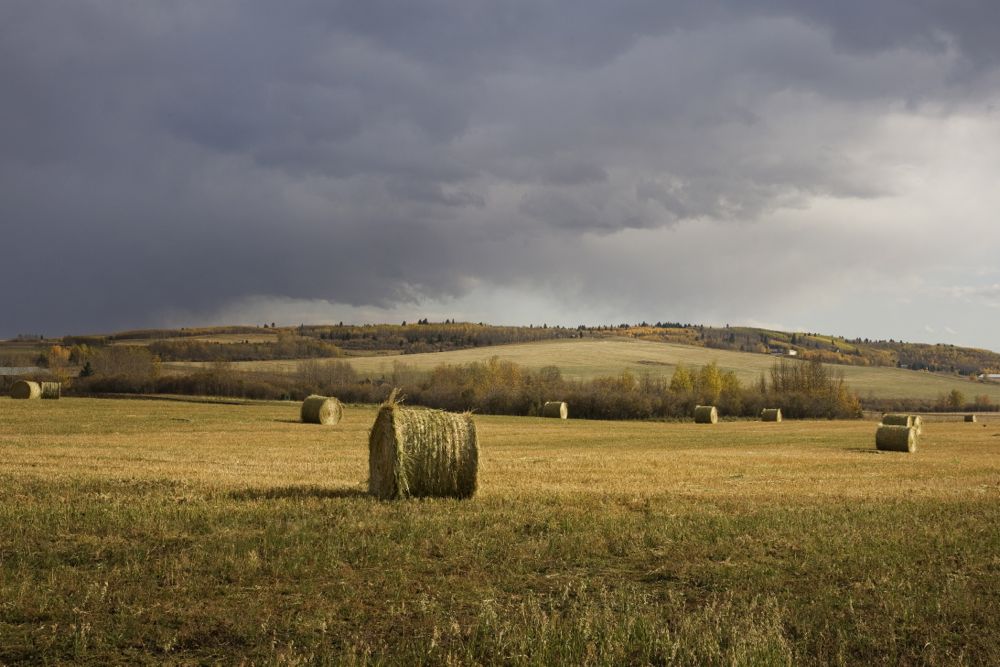CNS Canada — Canada’s export hay prices have come down from summer highs and now sit at less than half their previous levels, but despite competition from other growing regions, a weak loonie is helping Canadian producers.
South Africa, Eastern Europe and Argentina have increased their alfalfa production, said Edward J. Shaw, director of market development at Green Prairie International.
“So we’ve got more competitors out there,” he said.
The U.S. is also adding to global supplies, especially as China has been buying less from the country, said Shaw.
Read Also

U.S. livestock: Feeder cattle hit contract highs on tight supply
Chicago | Reuters – All Chicago Mercantile Exchange feeder cattle futures and most live cattle futures hit contract highs on…
“The U.S. is awash with alfalfa. A lot of farmers sat on inventory. They thought it was worth gold.”
Despite high global supplies, the exchange rate is helping Canadian producers, Shaw added.
That’s a sentiment echoed by Tara Mulhern Davidson, project co-ordinator at the Saskatchewan Forage Council.
“When hay is already worth quite a bit in Canada, it’s going to be hard to encourage people to buy hay from the States.”
At their summer highs, hay prices sat around C$200 for a round bale, according to Shaw — but now prices are around C$75-$100, he said.
Prices peaked in August and into September on supply concerns.
Saskatchewan producers weren’t able to get two cuts of hay, Mulhern Davidson said. “So that kind of freaked people out.”
Prices softened after timely rains moved across Saskatchewan, easing supply concerns. A relatively warm winter is also adding pressure to prices.
“There’s still a lot of people that still have cattle out grazing right now,” she said. “It’s one less day, one less week, one less month that they’re sitting in a yard needing to be fed.”
Looking forward to next year, Mulhern Davidson said she expects increased acres, as many producers postponed seeding last growing season.
“There were a lot of people who had planned on seeding forages this spring, but it was a very cold, very dry spring across the province, so they held off.”
If conditions are right this year, Canada should see an increase in acres, Mulhern Davidson said.
— Jade Markus writes for Commodity News Service Canada, a Winnipeg company specializing in grain and commodity market reporting. Follow her at @jade_markus on Twitter.















